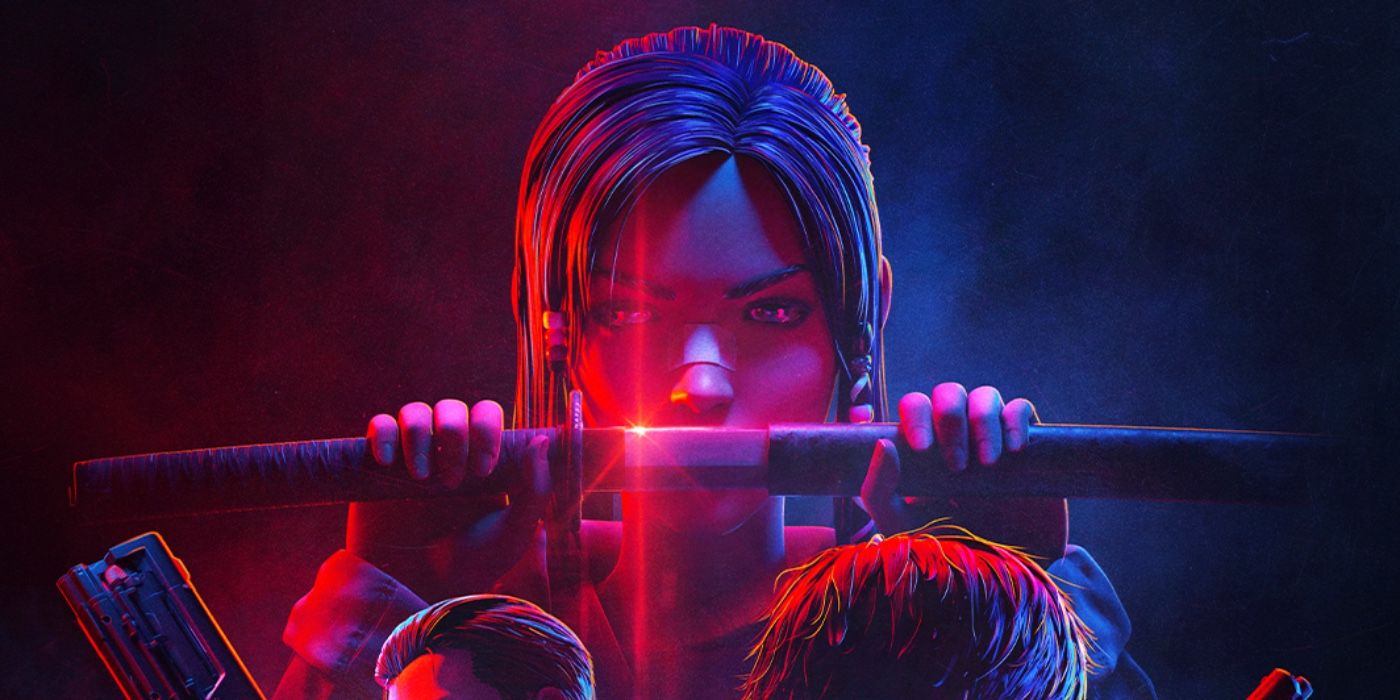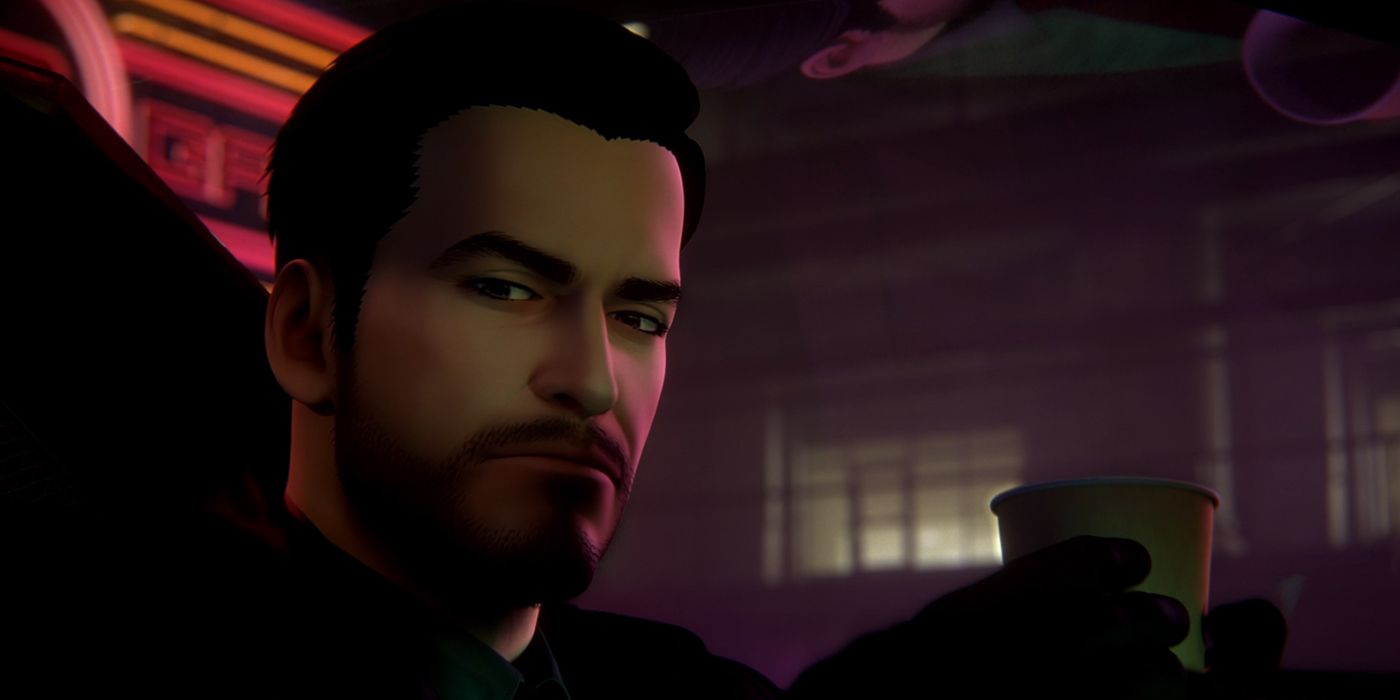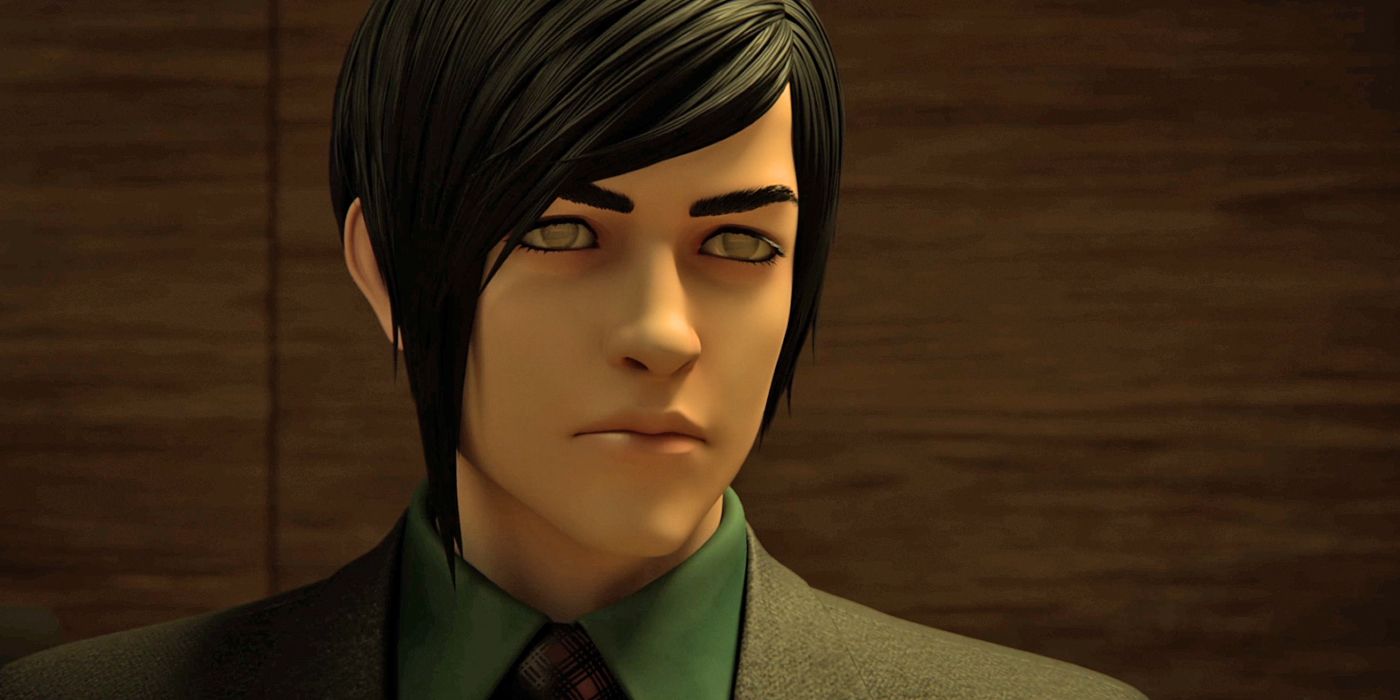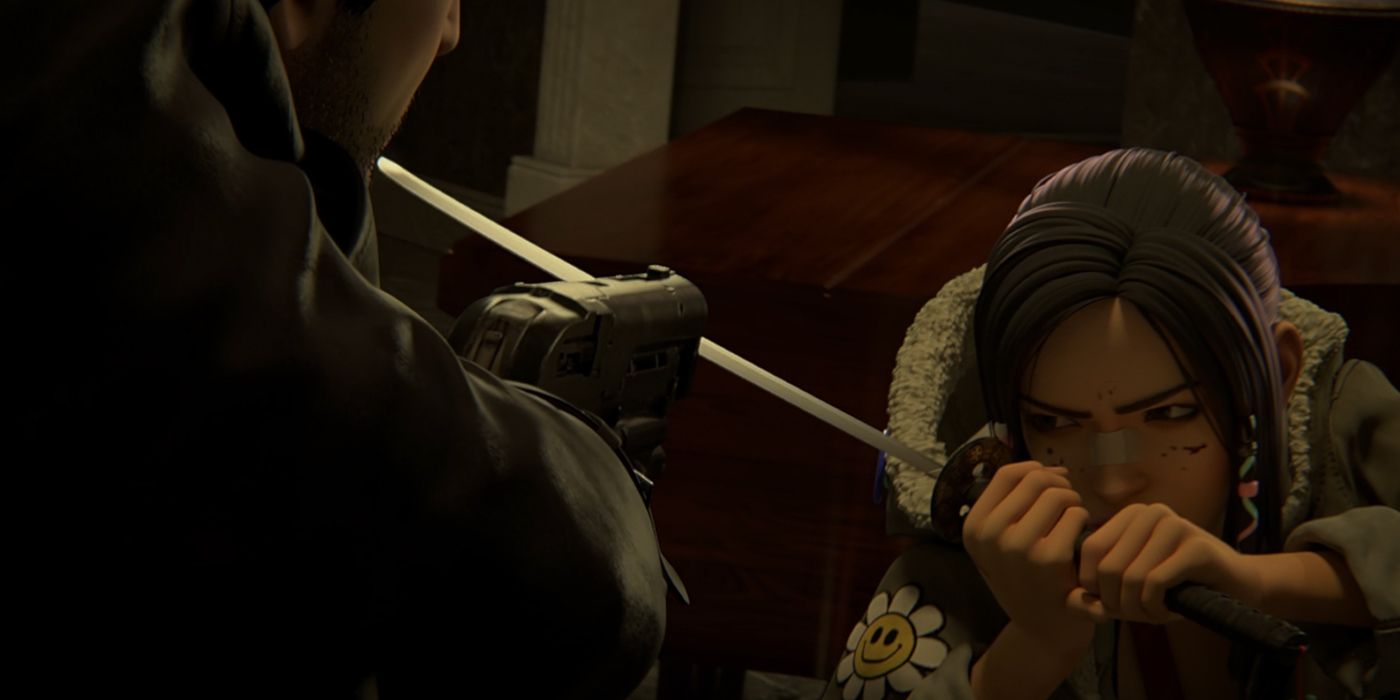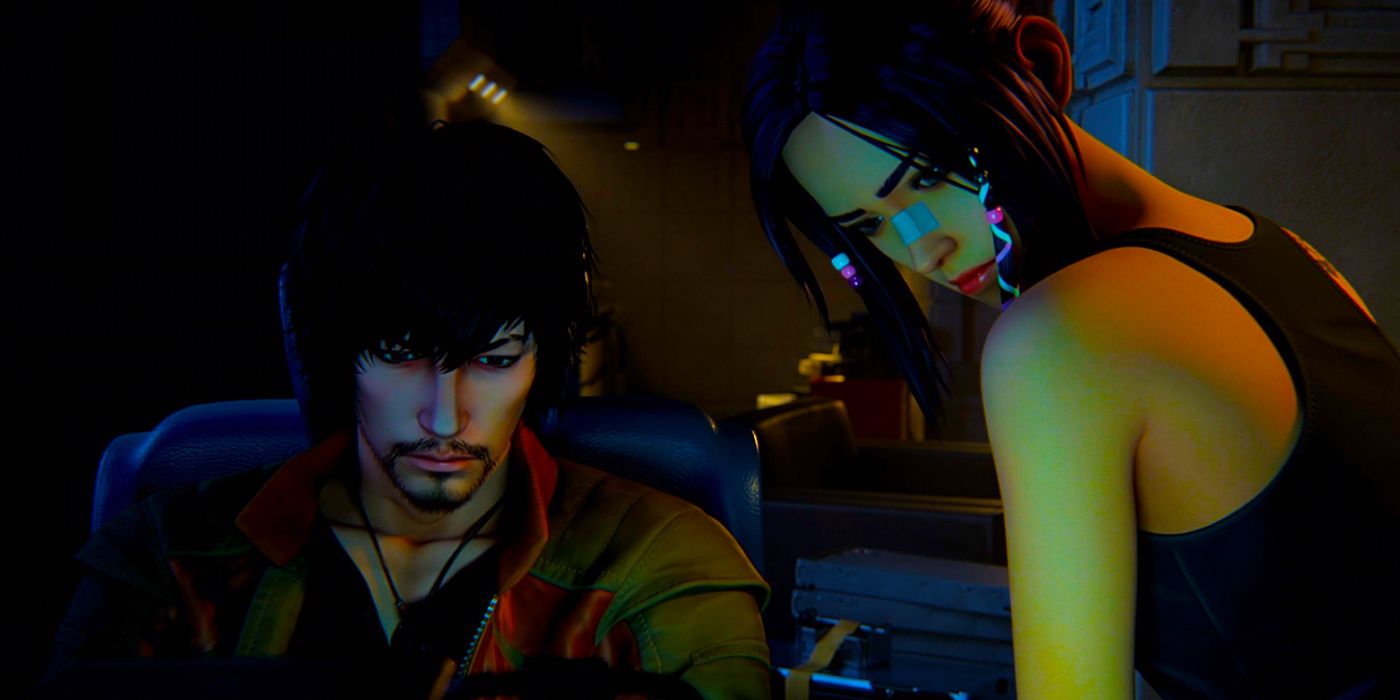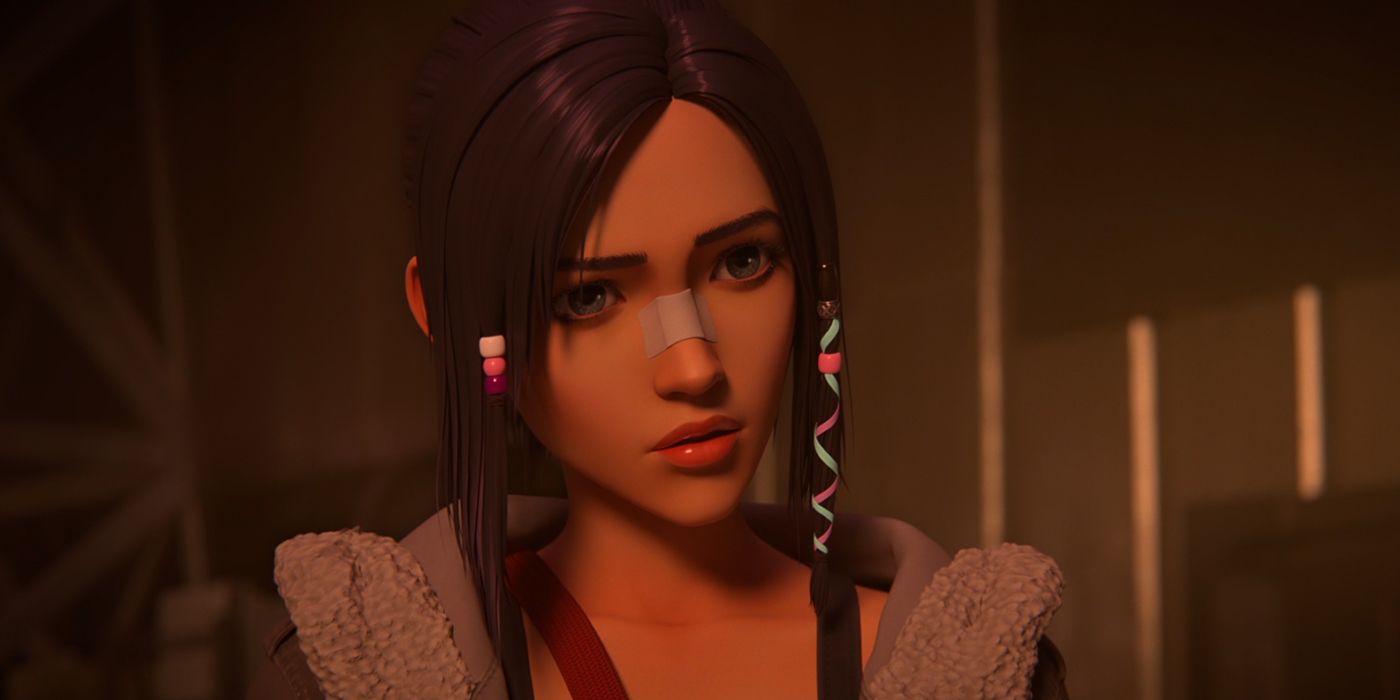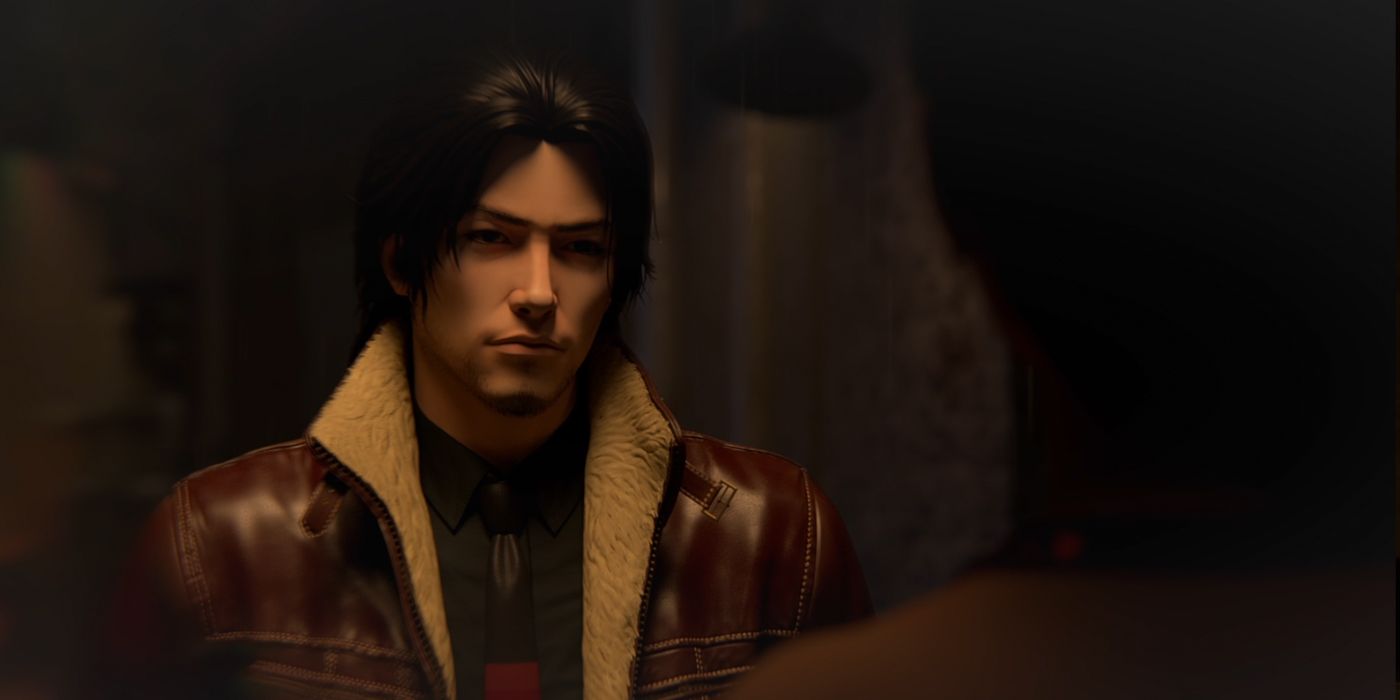WARNING: The following contains spoilers for Blade Runner: Black Lotus, airing on Adult Swim and now streaming on Crunchyroll.
Ridley Scott's 1982 Blade Runner film starring Harrison Ford is an iconic cinematic adaptation of Phillip K. Dick's 1968 novel Do Androids Dream of Electric Sheep? The original Blade Runner not only popularized the cyberpunk genre but was also the first to blend the neo-noir and sci-fi genres in its storytelling, which later served as a major inspiration for the 1998 anime series Cowboy Bebop. In 2017, Warner Bros. began expanding the Blade Runner universe with a sequel film, Blade Runner 2049, starring Ryan Gosling, and two companion short films: Blade Runner: Black Out 2022 and 2036: Nexus Dawn.
Blade Runner 2049 reintroduced the characters of Rick Deckard (Ford) and Rachael (Sean Young) to a new generation of fans and introduced new characters K (Gosling) and Niander Wallace Jr. (Jared Leto). In 2021, Warner Bros. TV created a prequel CG anime, Blade Runner: Black Lotus, ahead of the live-action sequel series Blade Runner: 2099. While Black Lotus is a welcome addition to the Blade Runner universe, it can also be enjoyed as a standalone anime series. Through smart storytelling, thoughtful character development, well-choreographed action sequences and more, Black Lotus is easily the best CG anime of the Fall 2021 season.
Black Lotus Follows the Visual Standards of the Blade Runner Franchise
One thing that easily stands out about Black Lotus is that the graphics conform to the visual standards of the Blade Runner films. The series is still set in a dystopian future version of Los Angeles, complete with the same futuristic architecture and spinners (flying cars) featured in the Blade Runner films. The series also follows the visual standards of the neo-noir genre comprised of extreme shadow and light contrasts. This helps convey the dark world of the Blade Runner franchise.
Even the characters are designed to look like they're part of the Blade Runner universe, with the men often looking worn down and the women looking like femme fatales, especially the female replicants. Even with the characters conforming to the visual standards of the franchise, each character is still given a distinct physical appearance that easily distinguishes them from other characters. The blade runner known as Marlowe, for example, is designed to look like the hardboiled detective type, while former blade runner Joseph looks like a scruffy guy who works in a junkyard. Similarly, the replicant known as Elle, aka Black Lotus, has more human features, whereas another replicant called Water Lily looks more machine than human.
Black Lotus's Story Connects to the Larger Blade Runner Narrative
Black Lotus is more than an anime series set in the Blade Runner universe; it's a series that bridges the gap between the original Blade Runner film and its sequel, Blade Runner 2049. It builds on the events established in both Black Out 2022 and Nexus Dawn, both of which set the premise of Blade Runner 2049. The story is largely told from the point of view of Elle -- one of the first replicants that Blade Runner 2049's villain, Niander Wallace Jr., designed. Not only does Elle continue to challenge human conceptions of humanity and machinery the way Blade Runner's Roy Batty (Rutger Hauer) did, but she even challenges the thesis of the original film.
In addition to Elle building on the concept of replicants, Black Lotus is an origin story for Niander Wallace Jr. The series specifically details his rise to power, who he had to kill to become the CEO of Wallace Corporation and even how he became blind. The series also builds on some of the character's traits such as his extreme narcissism. In Blade Runner 2049, Wallace Jr. is obsessed with creating a completely flawless and obedient race of humans that can outlast natural humans and withstand the harsh environments of space. Blade Lotus builds on this obsession and fleshes it out.
Black Lotus Has Well-Choreographed Action Sequences
Another detail that stands out about Black Lotus is the action sequences. Whereas both anime and live-action use a lot of camera tricks to convey a sense of fast motion, the camera tends to remain steady during fight scenes in Black Lotus. Instead, real stunt people are recorded using motion capture and their movements are applied to the characters in post-production. As such, the characters' movements always look fluid and natural as opposed to choppy and shaky. Viewers also get a clear view of what's happening on the screen and even get clear views of the characters' facial expressions.
Black Lotus Has Emotionally Engaging Characters
In addition to good character design, the characters are well written to the point where the viewer cares about each of them, including the villains. This is especially true of Elle, a replicant who at first believes herself to be human and doesn't understand why people want to kill her. As far as she's concerned, she's committed no crime, and her very existence subjected her to be exterminated in an illegal Doll Hunt sponsored by the Wallace Corporation.
Elle wrestling with her humanity and her replicant status is an easily relatable internal conflict. Even supporting characters like Alani Davis -- an honest LAPD officer who's committed to seeking justice -- is equally relatable as a black woman who experiences workplace discrimination and abuse from her white superior.
Black Lotus Has an Excellent Voice Cast
Of course, none of the Black Lotus characters would resonate without the English and Japanese voice talents who bring them to life. Voice actors Arisa Shida and Jessica Henwick of Iron Fist fame deliver outstanding performances as Elle by emphasizing her more human qualities. Joseph is depicted as aloof but sympathetic by both Shinshu Fuji and Will Yun Lee. Takako Honda and Samira Wiley successfully capture Alani Davis' commitment to justice, her sympathy toward others and her frustrations as a black police officer. Even Takehito Koyasu and Wes Bentley of American Beauty fame convincingly portray Niander Wallace Jr. with the same cold narcissism as Jared Leto, who portrays the character in live-action.
Black Lotus Has an Excellent Soundtrack
The final detail that cements Black Lotus as a chapter in the larger Blade Runner narrative and an outstanding CG anime is the soundtrack. Just like the original Blade Runner film from 1982, the background music in Black Lotus uses the synthesizer sound that's reminiscent of 1980s sci-fi. The opening and closing theme songs add to the narrative, with lyrics that reiterate the overarching theme of the series as well as the individual themes explored in all 13 episodes.
On the whole, Blade Runner: Black Lotus does the entire Blade Runner franchise by filling in the gaps between the original film and its sequel film, but it also stands out as the best CG anime of 2021 for all of the details it gets right in execution.

